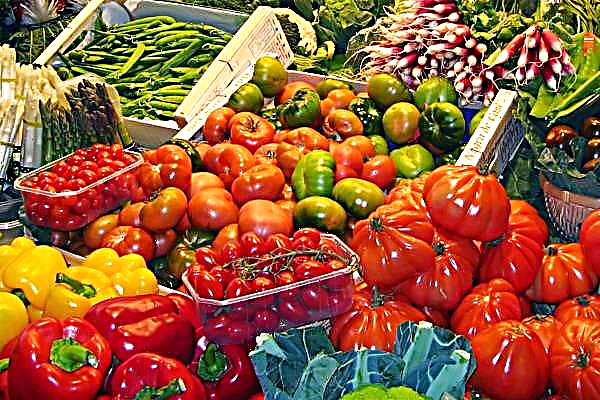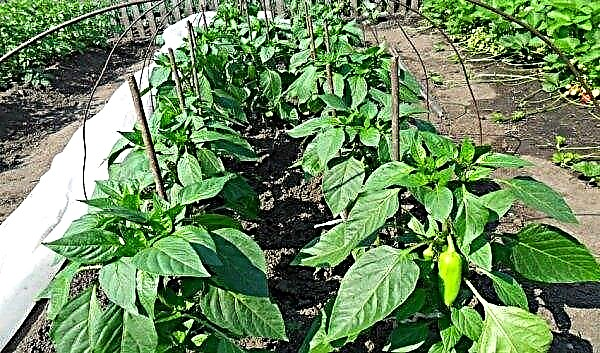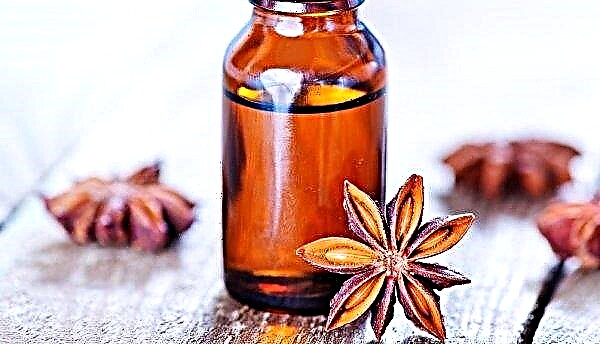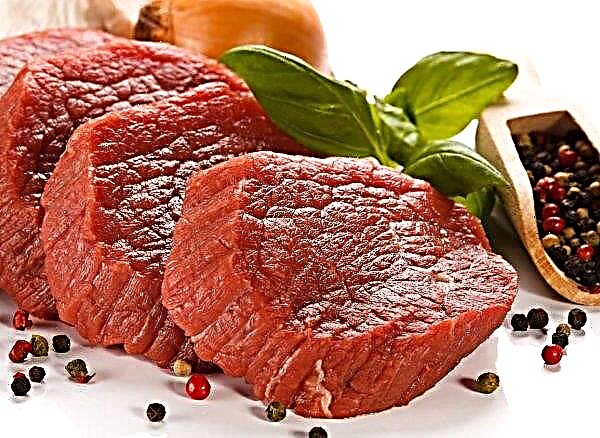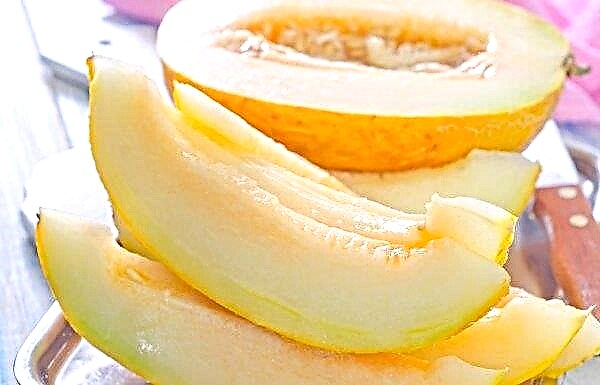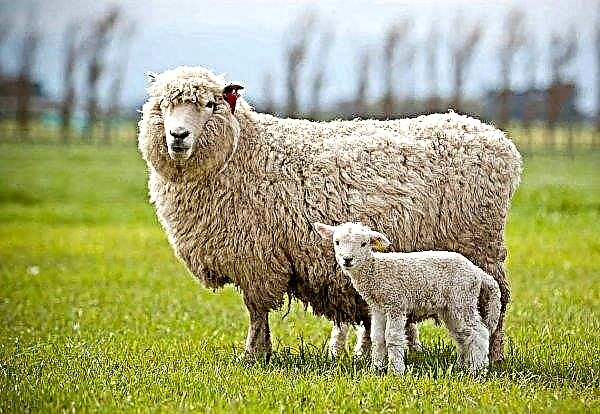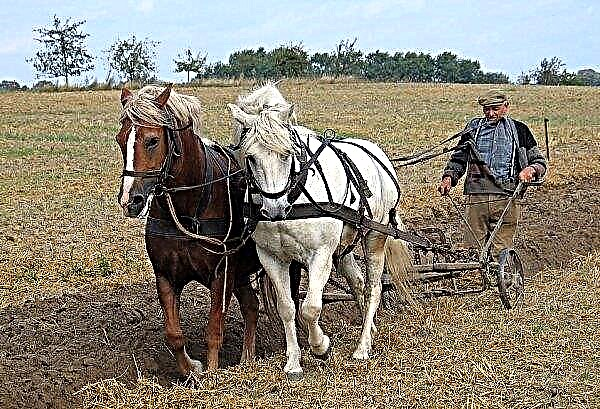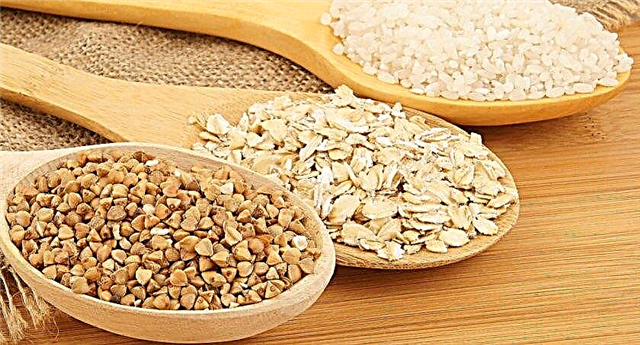Every year, gardeners are puzzled by the safety of the grown crop. To successfully solve this problem, you need to choose the right method of storing vegetables. In this article we will look at how you can keep fresh zucchini almost the whole winter by placing them in the cellar.
Is it possible to store zucchini in the cellar in winter?
Zucchini, like all pumpkin, is stored well during the winter months in a cellar. To do this, you need to choose the right kind of zucchini - this is very important, since in the characteristics of some varieties there is simply no such property as good safety. The next prerequisite is the observance of the correct temperature in the cellar and the implementation of sanitary storage standards, which include the absence of mold, rodents, wood lice.
Did you know? The energy value of 100 grams of zucchini is about 14 kcal, so this vegetable produces very low-calorie dishes suitable for many types of diet food.
Which varieties are best suited
Varietal variety of zucchini is very large, but only a part of them are suitable for laying for winter storage.
Here are the most suitable varieties:
- zucchini “Squash”, “Zebra” and “Gypsy” - thick-skinned, large-fruited, mid-season, low-seeded, stored for a long time without loss;

- "Aeronaut" - zucchini, cylindrical, with a dark green skin, the fruits are sung for a month and a half, stored until the first decade of January;
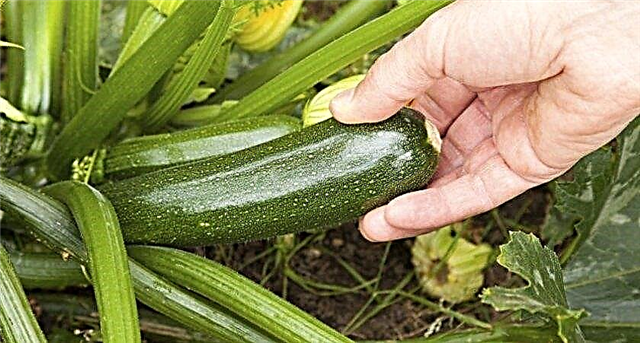
- Arlica - a hybrid of early ripening, to be stored in winter, is sown at the end of June, the fruit peel is light green, upon reaching the maximum size of the fruit, the peel hardens and is well stored;

- Asset - an early ripe hybrid, has almost no seeds, has large fruits that can be stored for up to 3.5 months;
- "Yellow" and "Zolotinka" - weakly ribbed, cylindrical, lying, subject to storage conditions, these varieties do not deteriorate until 90 days;
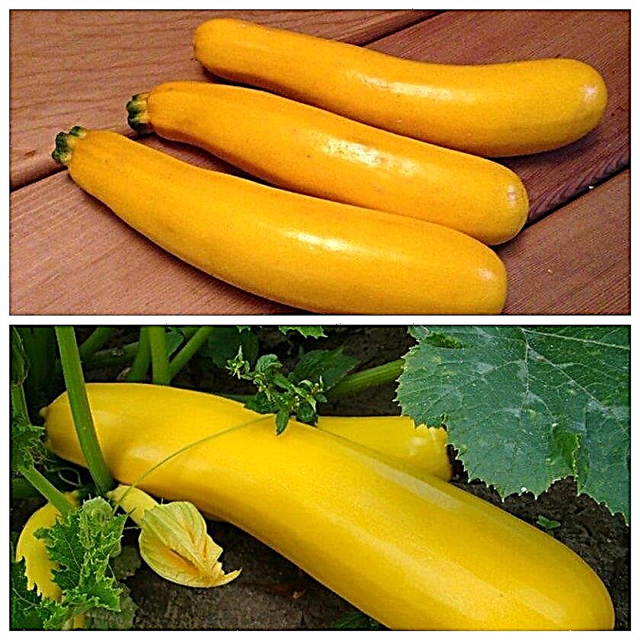
- "Ebony" - the peel is strong, painted in dark green (almost black), vegetables of a classic elongated shape, lie up to 60 days;
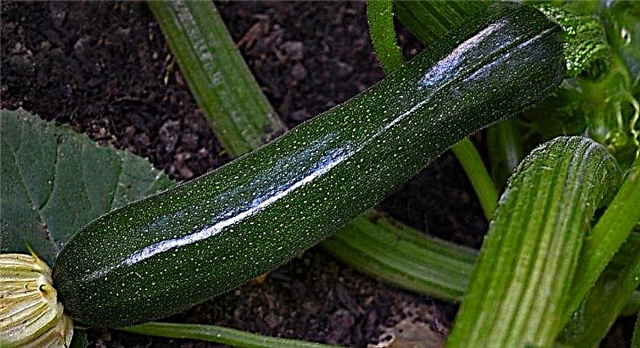
- "Anchor" - An early variety with sand color, skin and pulp, for consumption in winter, sown in mid-summer, stored for 30 days, without losing taste.
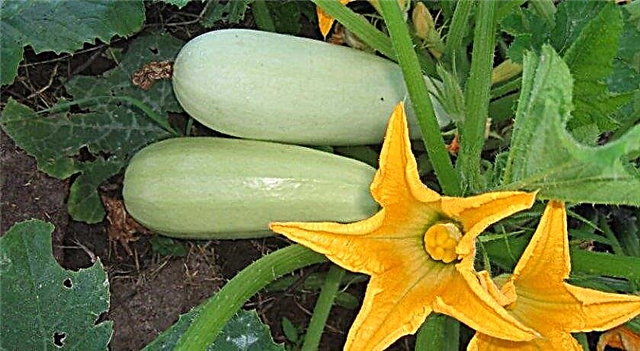
Cellar and vegetable preparation
It is necessary in the summer to take care of the preparation of the basement or cellar. To protect the crop from mold, fungi and pathogens, the room should be well disinfected. The most affordable way to disinfect a cellar is to whitewash the walls with lime. To do this, 1 kg of slaked lime is mixed with two buckets of water. To the resulting solution, you can add 100 grams of copper or iron sulfate.
Another popular disinfection method is sulfur fumigation. This procedure expels pests from the cellar. During fumigation, the doors of the underground storage are tightly closed, and people are not recommended to enter there for several days. At the end of the insulating period, all ventilation openings and cellar doors are opened for through ventilation. All shelves, coasters and drawers located in the cellar should be sanitized separately.
Important! In the middle of a hot day, it is better not to ventilate the cellar or basement, because the warm air entering the underground room leads to the formation of condensation on the walls and ceiling.
To do this, they are treated with a solution of copper or formalin sulfate, which can be purchased in garden centers, and then taken out for drying in the sun. Some owners impregnate wooden shelves in the cellar with engine oil, which also prevents them from rotting and mold. Before storage, it is necessary to conduct preliminary preparation of zucchini - this is a necessary condition for their long-term preservation. The steps to preparation for winter storage are already taken during harvesting:
The steps to preparation for winter storage are already taken during harvesting:
- You need to remove vegetables from the garden until the first frost - if you clean after the first freeze, they will rot during storage. If zucchini is even slightly affected by freezing, they cannot be stored.
- For long-term preservation, only ripe fruits, whose skin has already hardened and hardened, are suitable. Ripeness can be recognized by the characteristic muffled sound that appears when you tap on the zucchini. It is also important to carefully check each vegetable for integrity - only those that have no scratches or dents on their skin are suitable for storage. Fruits with damaged peels quickly deteriorate and threaten to rot all stored vegetables.
- It is important to pay attention to the stalk of the fetus. Vegetables growing on a thick and green stem are suitable for long-term storage. The fruits on the dried stems have already lost their juicy taste and will not lie for long.
- Removing zucchini from the parent's lash, they leave a stalk on themdue to which the infection does not penetrate the skin of the vegetable. Also, the stalk helps to ensure that the pulp of vegetables remains juicy for a long time. The stalk can be used to judge the safety of each vegetable, if it is dry - the zucchini is perfectly stored, if it decays - it must immediately be isolated from neighbors, it is best to take it out of the room and use it for cooking.
- Never wash zucchini intended for long-term storage. - they are carefully cleaned of adhering soil and dried in the sun. Under the influence of ultraviolet rays, the skin strengthens and further protects the pulp. When separating the vegetable from the stem, it is best not to break it out, but to use a sharp knife.
- Wherever zucchini are stored in the future (cellar, pantry), their Do not wrap in plastic bags - it will contribute to decay.
Important! These vegetables are best stored in a dry and cool cellar or basement of a residential building. In the cellar, dried and peeled zucchini are laid so that between them there is a gap of five centimeters. This is necessary so that one rotting zucchini does not infect all the others.
How to keep zucchini for the winter in the cellar
It is important when storing to observe the rules for laying vegetables for the winter and the correct temperature in the cellar.
How many zucchini are stored
Early varieties sown in early May are stored for no more than 30 days. But the gardeners found a way out, and, planning long-term storage of such varieties, they shift the timing of their sowing in the ground a month or a half later than recommended. When laying in the cellar, mid-ripening varieties do not lose their properties and do not rot for about two months, while late zucchini can survive without loss until the first spring months.
Optimal conditions
For successful and long-term storage of vegetables, it is important to create suitable conditions for this:
- Rats or mice, as well as insects (wood lice, bugs, midges) should not live in the cellar, so it is wise to sanitize before adding vegetables there.
- So that mold does not settle on the walls and shelves of the cellar, it is important to provide sufficient ventilation openings and protect the floor of the store from the penetration of groundwater. Subject to these conditions, it will be dry in the ground.
- The optimal temperature for storing zucchini, as well as carrots, potatoes and cabbage varies from + 4 ° C to + 10 ° C.
- The optimum humidity for storing pumpkin crops is approximately 85%; in a cellar that is excessively saturated with moisture, they soon decay. To remove excessive humidity in the cellar, ventilation openings, hoods or sorbents that draw moisture from the air (sulfuric acid, hydrated lime or potassium chloride) help. It should be remembered that too dry air is also not good for vegetables, they can dry.
Did you know? Sometimes zucchini has a bitter taste - it is caused by the presence of the toxic substance cucurbitacin, which in large doses can damage the mucous membrane of the stomach and intestines. The increased content of the substance can be caused by cross-pollination with other varieties of the pumpkin family.
What vegetables can be stored in the neighborhood?
Not all vegetables stored in the cellar are suitable as neighbors for zucchini. Among them are inappropriate, even aggressive - such a neighborhood is desirable to avoid.
Safe neighbors:
- Pumpkins
- squash;
- bell pepper;
- cucumbers.

Unwanted neighbors:
- potatoes;
- onion;
- garlic.
Invalid neighborhood:
- cabbage;
- apples
- fresh tomatoes.
Basic storage rules
To enjoy fresh zucchini during the winter months, you must adhere to these rules:
- the cellar should be dry and clean, the temperature in it should not fall below + 4 ° C and rise above + 10 ° C;
- Before laying vegetables for storage, it is necessary to carry out sanitary cleaning of the room from rats, mice, insects, pathogens and mold;
- vegetables should be dry and clean, cleaning should be carried out without the use of water;
- zucchini stored for storage should not touch each other;
- storage walls must be whitewashed, shelves and drawers should be treated with antiseptic agents;
- if necessary, install a container with a sorbent substance in the cellar that will draw excess moisture from the air;
- It is advisable to conduct a weekly visual inspection of the bookmarks and remove perishable vegetables from the cellar;
- when choosing a storage area, it is important to consider the desirable and undesirable neighborhood of other vegetables.

Useful Tips
A good solution for winter storage would be a wooden grate with a layer of sawdust at the bottom. If there are no wooden boxes, you can use ordinary cardboard boxes. It is advisable to store full crates on wooden shelves closer to the ceiling. Before laying vegetables, shelves are covered with dry straw or paper. When using any of these methods, it is important to remember that zucchini is best stored in the upper part of the cellar (under the ceiling).
Did you know? Zucchini contains much less water than cucumbers, but much more vitamins and minerals. The vegetable contains vitamin C, folic acid, potassium, calcium, manganese, magnesium, phosphorus, selenium and zinc.
For some time, it will be possible to preserve only uncut fruits, whole - this is the main condition for their long-term preservation. A cellar or basement will help extend the season of eating zucchini for a few more months. For the success of this enterprise, it is important to properly lay these vegetables in the cellar and, of course, observe the temperature regime of their storage.







